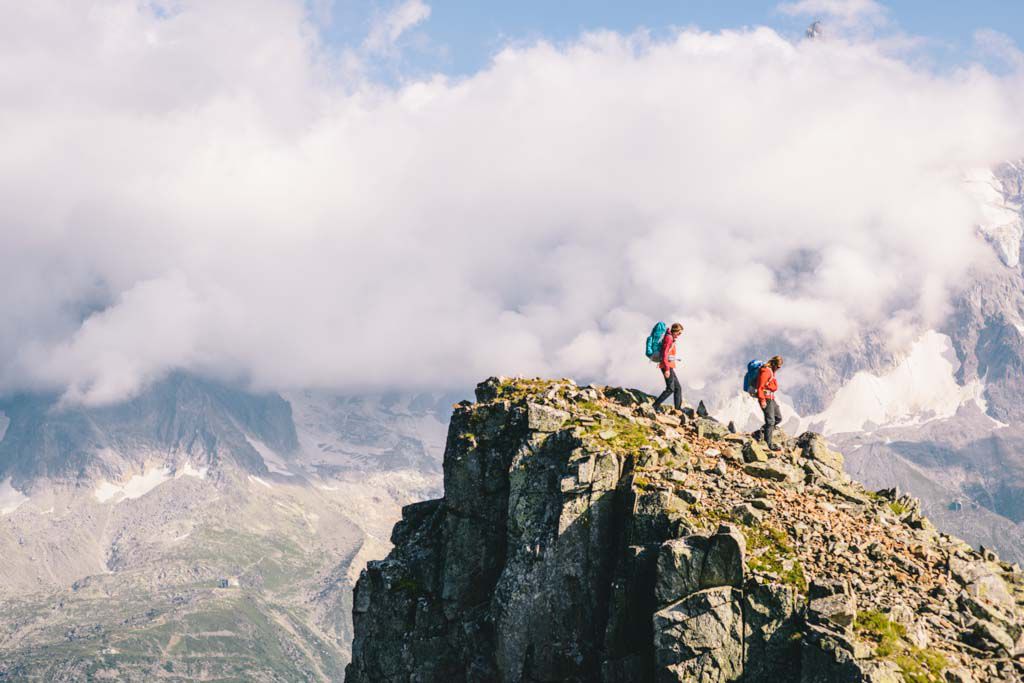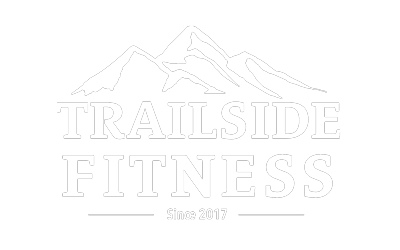This article was translated from The North Face – Brazil, and was originally written in Portuguese for our friends down south. It is a condensed version of the recent REI interview which you can read here. Photos are from the original post.
May 28, 2019 by ThaÃs Teisen
When you decide to make a long distance trail, there are several precautions that should be taken before and during the trekking. If you prepare physically, choose exactly what clothes and equipment to take so that your luggage does not get heavy and plan meals and hydration of the trip are some of the most essential items for the trail to be successful. We have already given tips on how to work the body and mind (click here to read the full post) and today we will focus on food!
American Lee Welton is a personal trainer and also responsible for the site Trailside Fitness , which shares health tips specifically for those who make trails. Recently, Welton gave an interview to REI with meal suggestions for anyone planning to make a long distance trail. The tips were actually tested by him and his wife as they roamed the classic PCT. Some of the key points addressed by him were as follows:
- Avoid the bullshit
It is very common and seemingly easier to fill the backpack with sweets and super industrialized foods.Many trufflers find that the refined sugar contained in these candies is a quick source of energy and, in fact, it is. The problem is as fast as the energy arrives it also goes away. To solve this problem, invest in highly nutritious foods, complex carbohydrates, whole grains, etc. Also, having a nutrient-poor diet will leave your mind confused and craving more food of this type and body recovery during the days on the trail and post track will also be much slower due to vitamin and mineral deficiency.
- Focus on the simple
Eating on the trail is not as complex as it sounds. In fact, it is just the opposite. The simpler and more natural the foods are, the more nutritious they tend to be. Some versatile suggestions to always have in the backpack are: dehydrated fruits and vegetables, whole grains (eg granola), peanut paste, bitter chocolate, coconut oil, among other things.

- Make the most of cities to go
Before you indulge in a giant hamburger or a huge plate of food accompanied by a soda or beer on the charts, try to make a high-nutritional meal with foods you can hardly get on the trail. Yogurts, cheeses, fermented beverages and probiotics are a few options. This is also the right time to consume fresh vegetables and fruits. They will help your body function better during the days that will follow and will also bring you more satiety before you start a heavier meal.
4. Keep up the pace on the steps and at meals
According to Welton, the ideal is to eat every 90 minutes, even if you are not hungry. Make the main meals (breakfast, lunch and dinner) with more caloric and nutritional value and separate small snacks to eat during the course of the day. Hydration also needs to be constant. Do not wait until you thirst to drink water, as this is already a sign of dehydration.
5. What to eat in the main meals?
Welton makes a list of what he usually eats in the main meals:
– Breakfast: It’s time to eat more complex carbohydrates, which will be digested slowly and provide energy throughout the day. He suggests: granola, oats and / or whole wheat bread. It is possible to add dehydrated fruits and milk powder, to ensure a little more fat and carbohydrate to the meal.
– Lunch: At this moment, the tip is to look for foods that guarantee protein and fat. It is possible to prepare a meal using dehydrated foods, especially meats or mushrooms, which can be combined with various types of carbohydrates and good fat such as olive oil or coconut oil.
– Dinner: At the end of the day it’s time to focus on foods that help muscle recovery. Some suggestions are: beans, some type of meat or other protein, kale, garlic, curry etc. In addition to helping with fatigue, garlic and carry, for example, have anti-inflammatory ability and also help boost immunity.
Written by

Thais Teisen
Journalist, graduated from FIAM-FAAM, specializing in Digital Media by Universidade Metodista de São Paulo. She is passionate about sports, nature, music and is part of The North Face team of Digital Content.

Recent Comments